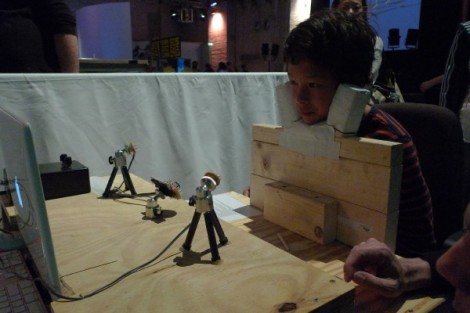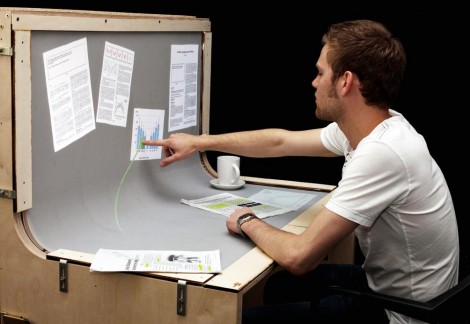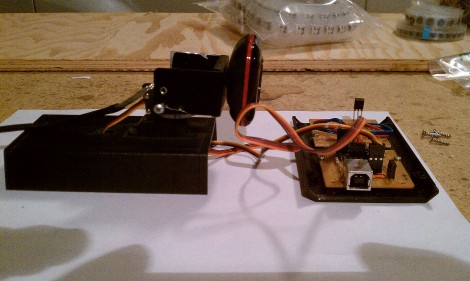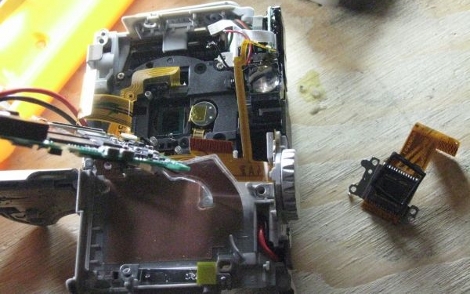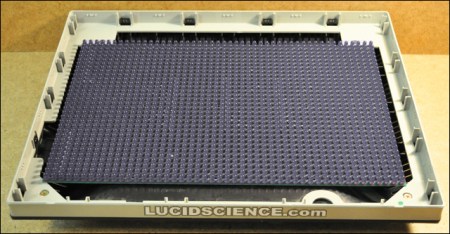
[Onironaut] over at lucidscience sent us a link to his latest project, some IR illumination panels. At first, we were mildly enticed by his usual high standard of photography and description. It was just an array of LEDs though. Still, we kept hitting the “next page” button because he goes into such great detail. Then we saw version two. Instead of simply being an array of IR LEDs mounted outside for his security camera, he has mounted 1536 IR LEDs inside an old flat panel monitor. That’s a fake monitor producing 180 watts of IR light, and we think that’s even at half power! He replaced the screen of the display with one way mirror, so you would have no idea that it isn’t just a normal screen sitting on his desk. Great job as usual [Onironaut].


